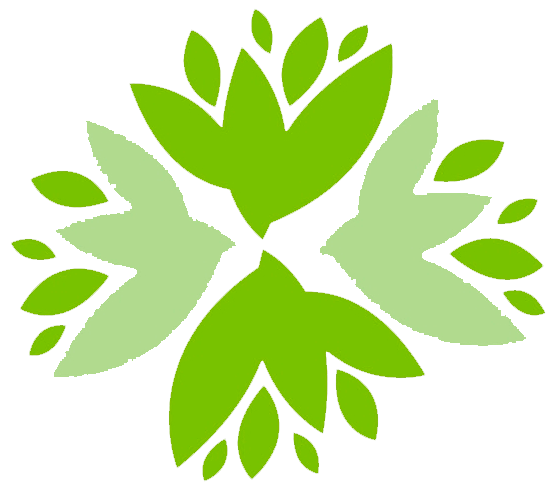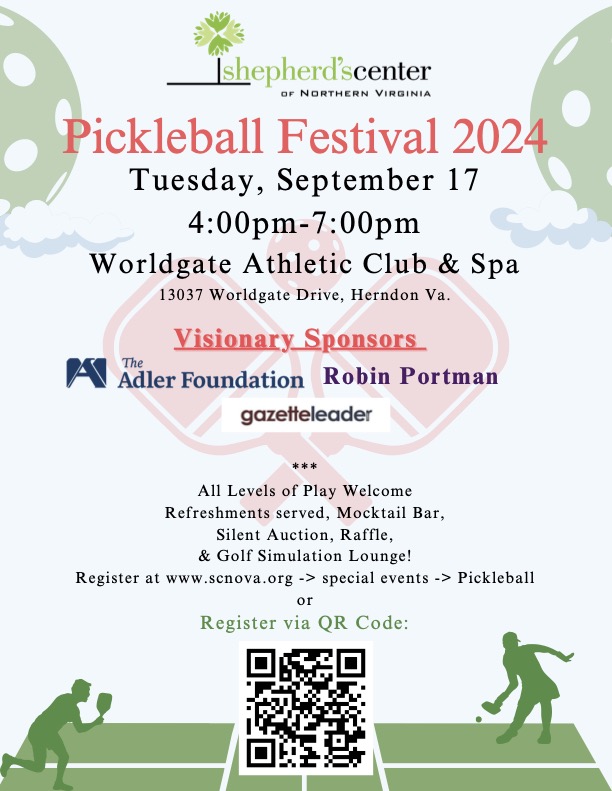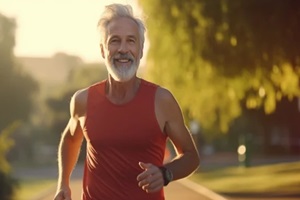 Getting older is commonly associated with more aches and pains, as well as a reduction in movement ability and maybe even other important physical aspects such as vision and reaction time. While this is a normal part of getting older, it doesn’t have to stop you from staying active!
Getting older is commonly associated with more aches and pains, as well as a reduction in movement ability and maybe even other important physical aspects such as vision and reaction time. While this is a normal part of getting older, it doesn’t have to stop you from staying active!
At the same time, it’s important to remember that your body has changed since your younger years, even if you’ve been taking good care of it. There is no shame in that, but you should adjust your physical activity based on what your body can handle without the risk of injury. Because of this, workouts and staying active will look different for older folks than they may for younger athletes.
Here are three of the most important ways that elderly athletes train differently and how you can incorporate these mindsets and strategies into your own regimen.
Is Training Worth the Risk for Elders?
Once people start to approach—and then pass—retirement age, they often begin to wonder if they should be exercising at all. After all, stories of issues ranging from torn ligaments to broken hips might make the prospect seem unnecessarily risky.
However, one of the best ways to avoid long-term injury and reduce the impact of serious movement conditions is to stay active. Thus, training is typically worth the small risk of soreness and minor injury for elders, and the right strategies can reduce the chances of an injury to almost nothing.
We can’t predict whether we might trip while doing our daily walk (that’s out of our control), but we can equip our bodies to weather the injury resiliently and avoid harming or overextending ourselves as part of our normal activities through smart planning and consistency.
Strength Training for Elderly Athletes
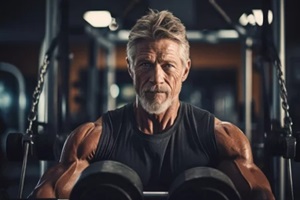 One of the most important ways that elderly athletes will see a difference in how they train is their shift in focus. Where they may have attended mostly to endurance in their younger years, such as through long-distance running, older athletes will want to turn their attention toward a focus on strength training. This includes lifting weights and utilizing bodyweight exercises.
One of the most important ways that elderly athletes will see a difference in how they train is their shift in focus. Where they may have attended mostly to endurance in their younger years, such as through long-distance running, older athletes will want to turn their attention toward a focus on strength training. This includes lifting weights and utilizing bodyweight exercises.
Strength training is essential in later years because the physical aspects of a person’s movement—for example, how their ligaments stretch and bend or their muscles trigger—can gradually change over time. These areas can become stiff and less flexible, increasing the risk of injury during even normal daily activities.
Strength training keeps muscles strong so that they properly support the skeletal structure, avoiding aches and pains. It also helps with flexibility, especially when focusing on stretches and using your own body weight as the weight you’re lifting.
Adjusting Length and Intensity
Elderly athletes may be ready to get up and go go go, but as mentioned previously, their bodies are changing. It is wise to adjust the length of a workout alongside its intensity. For instance, try lower weights for longer so the workout is lengthy but less intense.
If you want to incorporate high-intensity activity, shorten its length to accommodate your body’s needs. Workouts that are too long or that increase intensity too much can result in injury, which stalls progress and makes future improvements more difficult.
Prioritizing Recovery
Speaking of injuries, it’s important to let older bodies rest. Even when you’re not injured, a workout works by causing strain on your body. From microtears that build muscles to tight pulling force on joints and ligaments, the body needs time to rest and heal these areas to make them stronger in the future.
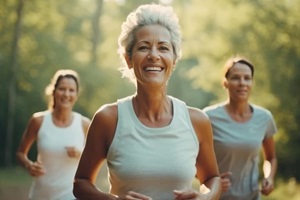 Elderly athletes need more recovery time when they train because their bodies take longer to complete this healing process. If you don’t provide enough recovery, your body will maintain a consistent state of partial, likely unnoticeable, injury. Then, as if out of nowhere, you might suffer a bigger injury that takes weeks or months to heal.
Elderly athletes need more recovery time when they train because their bodies take longer to complete this healing process. If you don’t provide enough recovery, your body will maintain a consistent state of partial, likely unnoticeable, injury. Then, as if out of nowhere, you might suffer a bigger injury that takes weeks or months to heal.
Better to incorporate longer recovery into your regular regimen, whether that’s extended periods of stretching before and after your workout or spreading your athletic activities across the week with a day or more of rest in between.
Stay Active with Local Opportunities for Elderly Athletes
Maintaining physical fitness is an often overlooked opportunity for older adults to boost their mental health, achieve higher energy levels, and protect themselves from the consequences of injury and sickness. However, it’s imperative to approach these activities with attitudes and strategies tailored for older bodies.
If you’re not sure how to foster more activity later in life, the team at Shepherd’s Center of Northern Virginia can connect you with resources and opportunities in your area to meet with like-minded people and get out and about. Contact SCNOVA to learn more about staying active in older age.

